London will see Esther oratorio in original Hebrew
NewsHampstead Garden Opera is putting on the UK premiere of the 1774 oratorio The Salvation of Israel by the Hands of Esther, sung in Biblical Hebrew.
HGO says: ‘Ester is a unique work – the first Hebrew oratorio. With a libretto based on Handel’s Esther it was commissioned by the Sephardi Jewish congregations of London and Amsterdam from the Italian (Christian) composer Cristiano Lidarti. The charming musical style is early classical, showing the influences both of Joseph Haydn and of Lidarti’s Italian predecessor, Pergolesi. The manuscript was lost for over 200 years before it turned up in Cambridge University Library. ‘
Andrew Griffiths will conduct the HGOAntiqua Orchestra of period instruments and the Londinium choir, with HGO soloists.

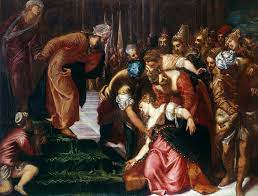
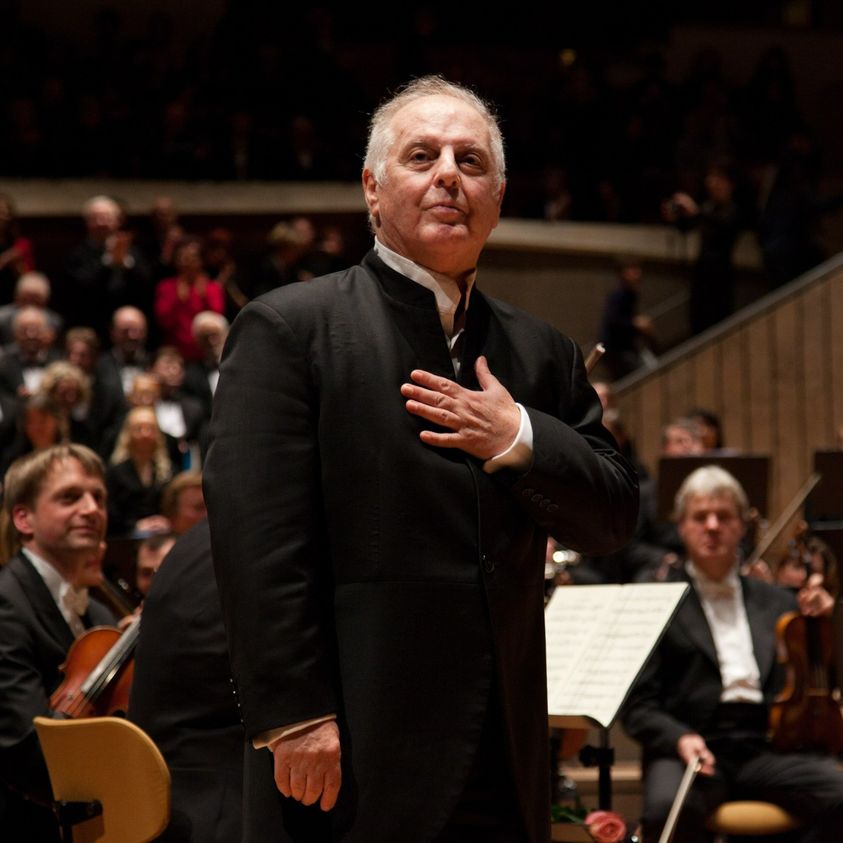
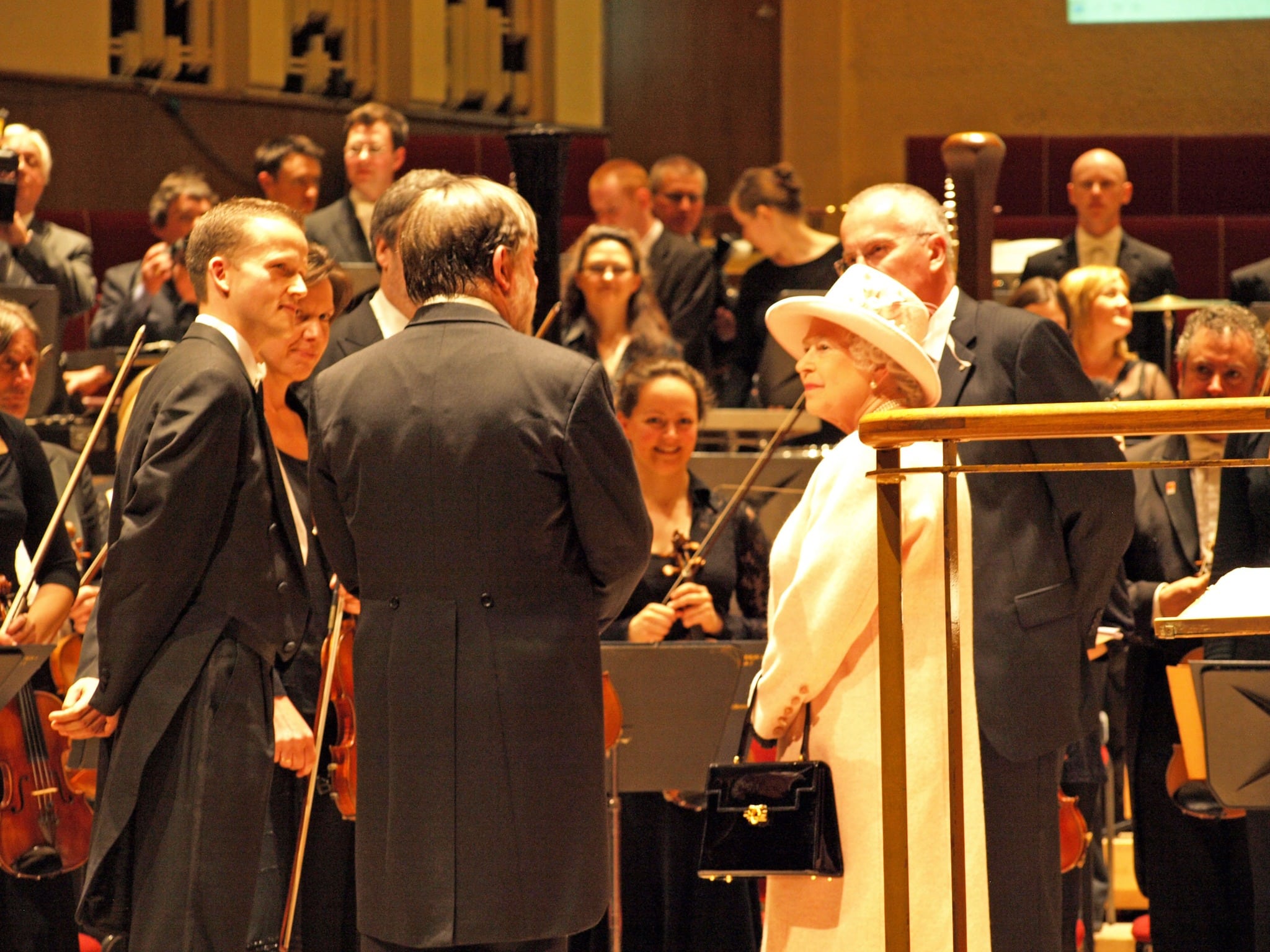
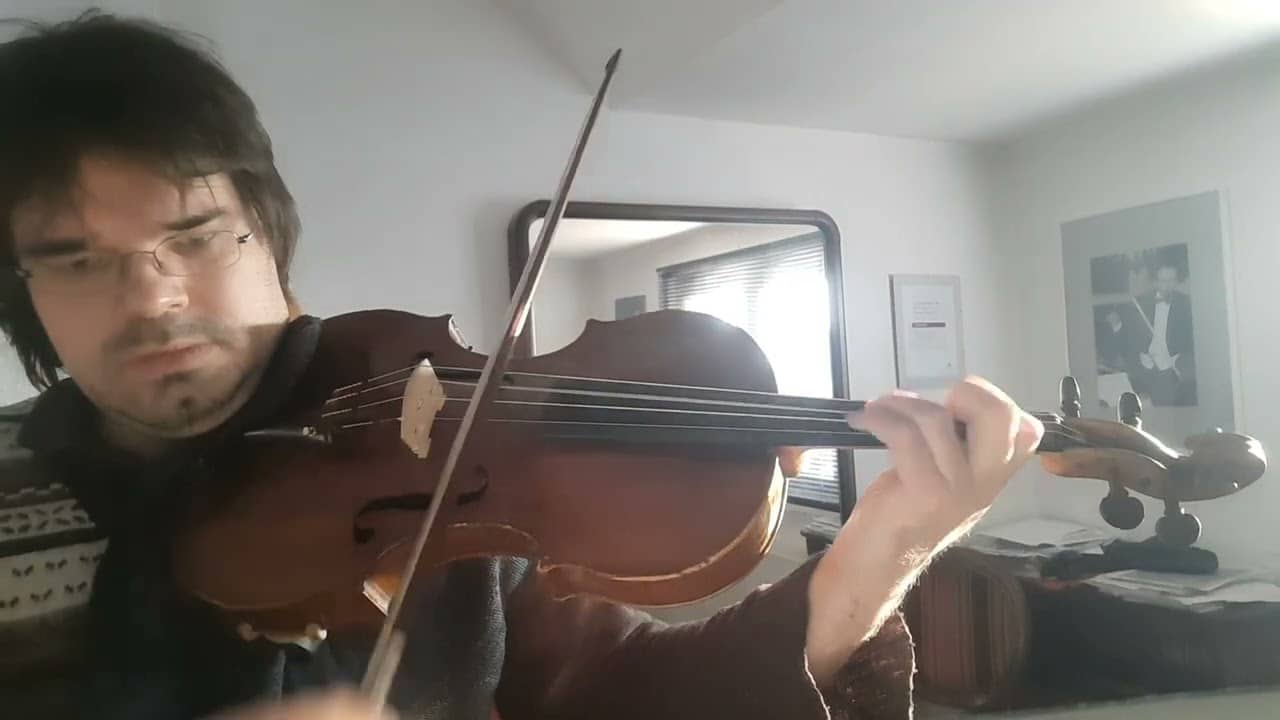
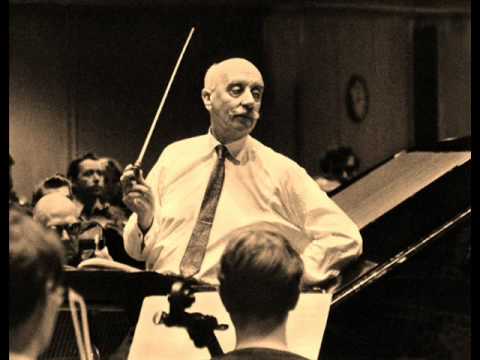
Baroque Purim: Handel And Racine’s Jewish Queen
By Heidi Waleson
May 12, 1998 12:01 am ET
New York
The crumbling Gothic-style ceiling vaults of the Angel Orensanz Foundation, a deconsecrated synagogue on Manhattan’s Lower East Side, have both a sense of age and a touch of contemporary grunge chic in the style of Paris’s Les Bouffes du Nord or Brooklyn’s Majestic Theater. It is thus the ideal setting for Millenial Arts Productions’ neo-baroque presentation of “Esther,” a yeasty marriage of Handel’s 1720 oratorio and the 1689 Racine drama on which he based it, stitched together with dance and the music of several other composers.
Eric Fraad, known in New York opera circles for his off-the-wall Opera at the Academy presentations in the 1980s, calls his new theatrical venture a “masque.” “Esther’s” principal roles are double cast, with an actor and a singer for each, and the masque is staged as a play/oratorio within a play. The actresses who declaim Racine’s lines (for the most part in a metrical English translation from the 19th century) are supposed to be the young ladies of the Maison St. Cyr, the drama’s original performers at the convent academy established by Madame de Maintenon, wife of Louis XIV. They wear white. The singing leads are in black. Louis, La Maintenon, Racine, the Dauphin, Handel and his patrons, the Duke and Duchess of Chandos, played by dancers, organize and watch the show.
With the text and the music cut and reorganized by Mr. Fraad, and additional music by French composers of the period, including Rameau, Couperin, and Marais, added and orchestrated by Bradley Brookshire, the gifted music director, the two-hour performance is not at all unwieldy, but rather an engaging leap into a baroque telling of the story from the Book of Esther on which the Jewish holiday of Purim is based. Period and modern elements of staging and design coexist easily. The dancing aristocrats and royalty, for example, are in full baroque regalia, with elegant costumes (by Doey Lüthi) and curly wigs, executing 17th-century-style dance steps choreographed by Ruth Davidson. By contrast, the bed of the sickly King Ahaseurus is surrounded by a Rube Goldberg arrangement of alchemical beakers and tubes (Robert Pyzocha designed the sets), and the Jew-hating villain Haman stands in a glass booth for his final confrontation with Jewish Queen Esther, recalling (a bit excessively) the booth that protected Adolf Eichmann at his trial for Nazi war crimes in Israel. The whole thing is played on a fashion show-like runway, with the small orchestra perched at one end, and set pieces, such as the bed and Haman’s gallows, are rolled in and out on castors. The players are practically on top of the tiny audience.
Most intriguing was the way different forms of expression combined to convey the story. Handel gives its basics: Haman, lieutenant of King Ahaseurus of Persia, has persuaded the king to have all the Jews murdered; Mordecai persuades his “daughter” Esther, the queen, to go unsummoned to her husband and beg for the life of her people. Mr. Fraad wisely included both versions of Esther’s reaction to Mordecai’s charge. Flo Cabre-Andrews, the French-born actress playing Esther, explosively delivered Racine’s prayer for divine aid in the original French; when soprano Indira Mahajan got her chance, with Handel’s “Tears assist me,” her operatic delivery presented a more mature, but equally concentrated moment of emotion within the same stylized framework of declamation. I wouldn’t have missed either.
Mr. Fraad and Mr. Brookshire underscored Racine’s spoken (also in French) choral lament of the doomed Israelites with music by Rameau; it worked reasonably well, and made an interesting theatrical balance for Handel’s massed sung lamentations and rejoicings. Music Handel wrote for the Priest of the Israelites was assigned to Mordecai, with happy results, given the force and ring of Bejun Mehta’s countertenor. Tenor Jeffrey Reynolds tended to sing too inflexibly as Ahaseurus; with his tumble of black curls and tiny, round dark glasses to indicate the king’s blindness, he looked distractingly like Howard Stern. Bo Corre, who played Haman, the most developed character, was the best of the actresses, speaking the text with just the right stresses and flow. Robert Perillo is credited as the classical diction coach, and only Alexandra Eitel, as Zeresh, Haman’s wife, couldn’t manage it at all.
The 13-member vocal chorus, integrated into the drama as St. Cyr girls and black-clad Israelite men, was excellent, and stayed together even when they sang with their backs to Mr. Brookshire, which was much of the time. The small orchestra, with modern instruments joining viola da gamba, theorbo, and Mr. Brookshire’s harpsichord and organ, was stylish and accomplished.
God, is this part of a doctorate thesis? Very boring, sorry!
None of this, though quite interesting, has anything to do with Lidarti’s oratorio. More to the point is this review of a performance in Boston, in March 2019: https://www.classical-scene.com/2019/03/03/esther-intermittently-interesting/
Yisrael yismah (?)
Does the percussion section include a rattle to be sounded whenever Haman’s name is mentioned? 😉
Shofar so good.
Ha, ha! Someone has a Jewish sense of humour – with a U – on here!
. . . or as Sean Connery shaid, “Shofar sho good”.
Fascinating!
That’s good, I’ll go tell her. Maybe they will let Esther out of the Foster Care Facility she’s imprisoned in.
“We’re here to see Esther.”
https://www.youtube.com/watch?v=B2hulcU-2Gs
Fascinating. More information here: https://www.iemj.org/en/ester-un-oratorio-de-pourim-du-compositeur-lidarti-1730-ap-1793/
and here (p.44): https://www.ochjs.ac.uk/wp-content/uploads/2020/12/ochjs-2019-20-final-small.pdf
Any idea when it is?
How interesting.